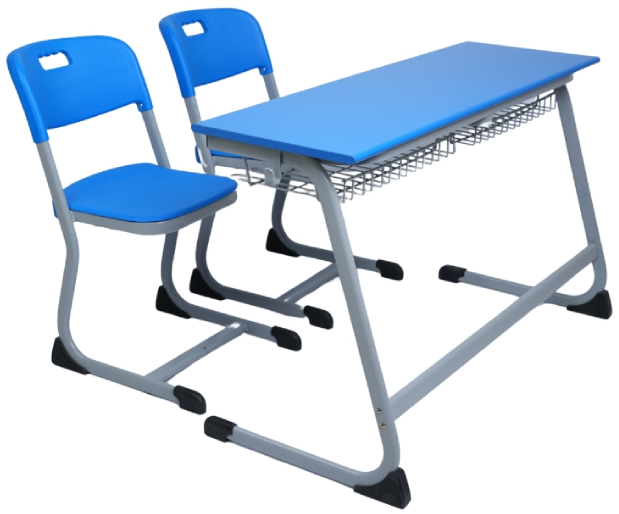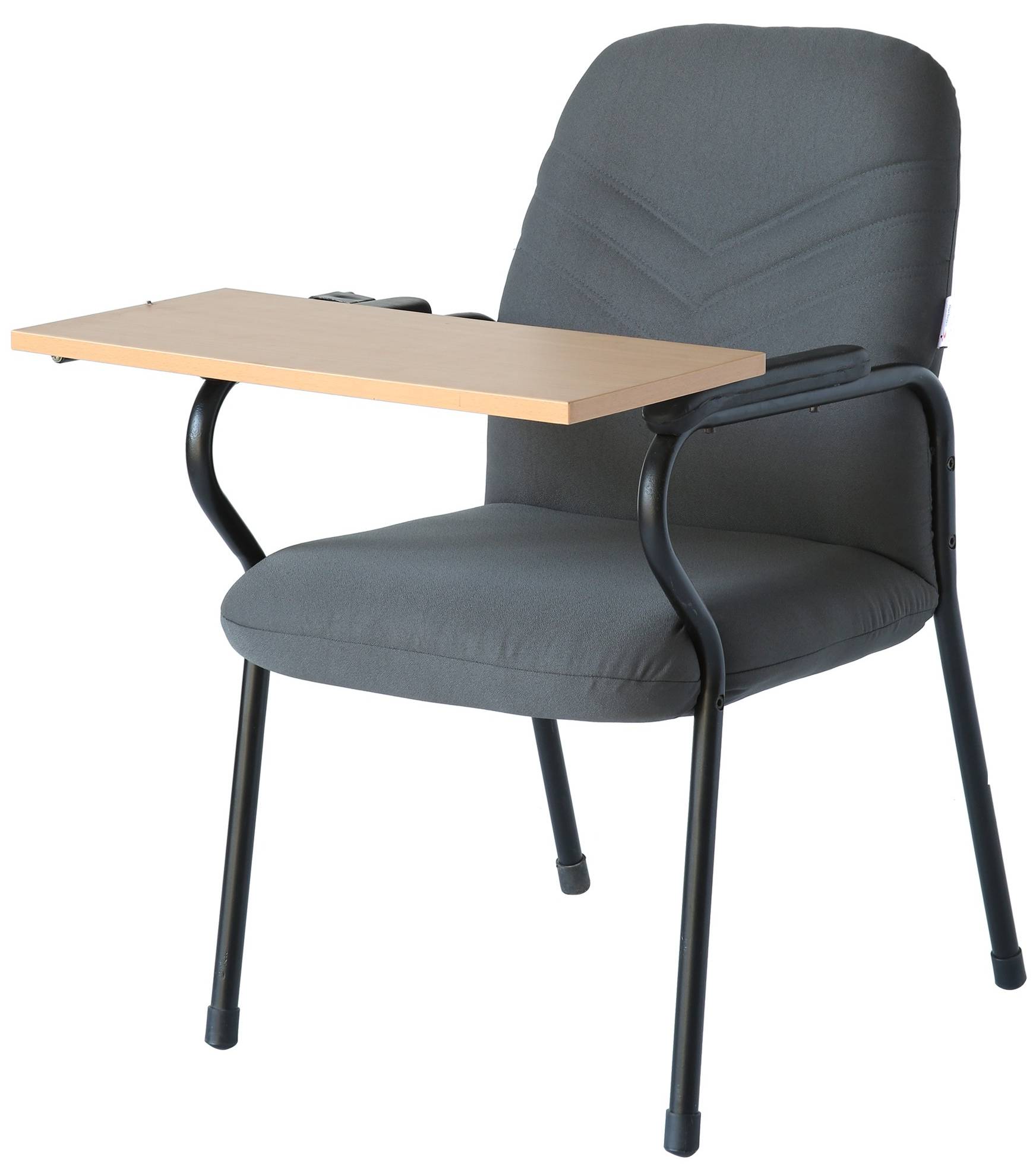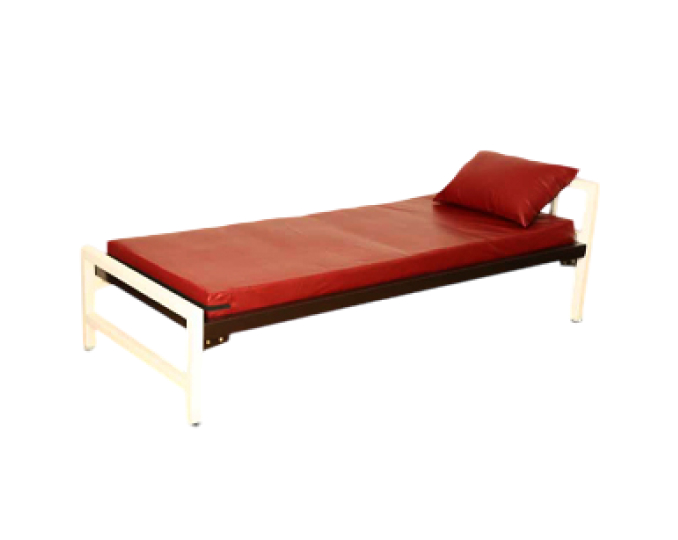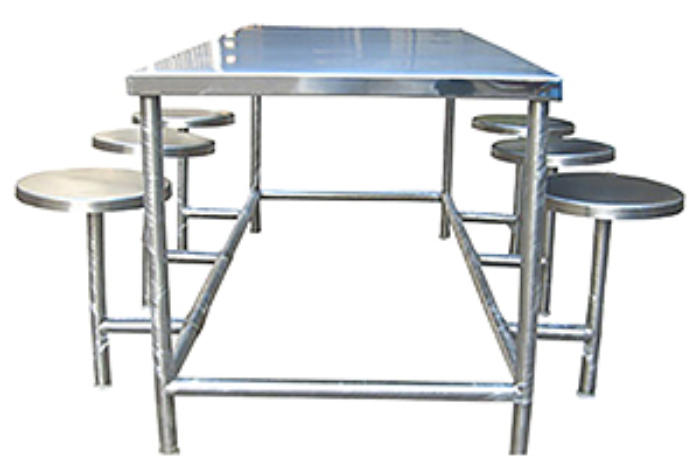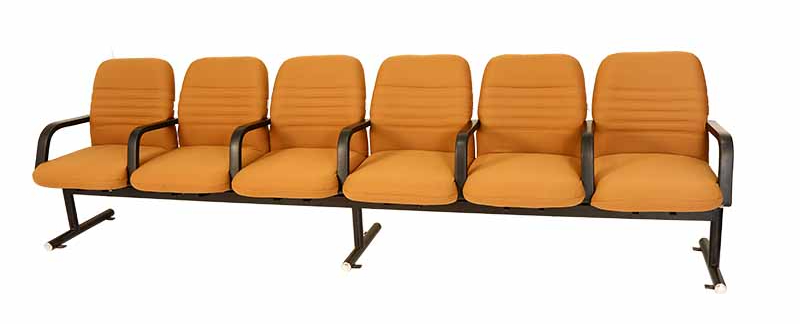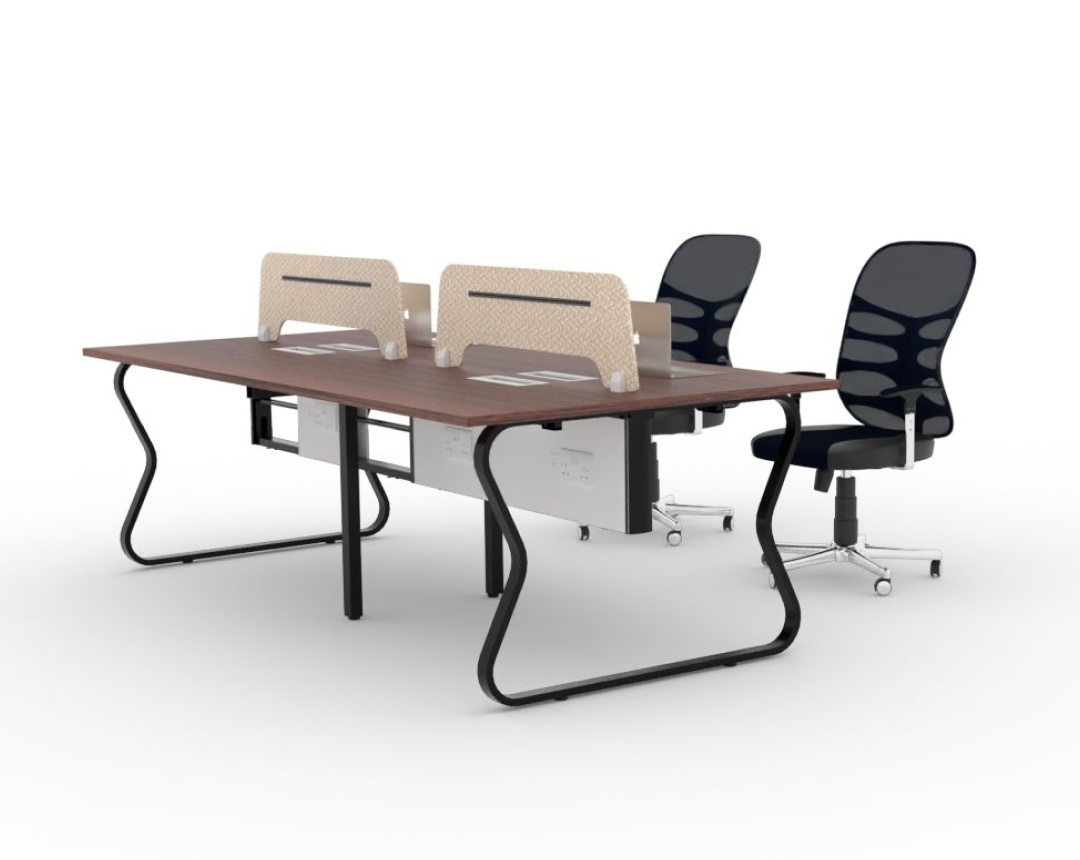Whether it is an auditorium or a performing arts venue, the seating defines their standards. And audience chairs are probably the first thing parents and students notice when they enter the school auditorium. Damaged or worn out seating not only smears your school’s good name but can also negatively impact your business. If you’re to stay ahead of the competition, you need to deliver the best seating arrangements for your school auditorium.
However, it is a challenge for owners to decide whether to replace or refurbish their auditorium chairs. Industry experts shed light on a tips you need to consider when deciding whether to replace or refurbish your auditorium chairs. Keep reading to learn more.

Is It Time To Replace Or Refurbish Your Existing Auditorium Chairs?
A worn-down seating arrangement can be a complete turn off if you are about to host an event. It doesn’t matter how good your events might be; uncomfortable and worn out seating can ruin the entire experience. So consider changing or repairing your auditorium chairs if they have visible damage or are keeping you behind the times.
Before you purchase a new seat or arrange for a repair, there are several factors you should consider. Here are a few.

Unless your existing auditorium chairs are of a good quality and made of durable materials, you might have to pay a fortune for their repair or replacement. Consider comparing the cost of repair and replacement if your chairs are made of good material.
Generally, furniture that was well-designed is better suited for refurbishment than replacement. Auditorium seating with minor issues like stained or damaged wood/ fabric should preferably be repaired and reused. The same is true for chairs with robust frames, which should be refurbished rather than completely replaced.
A significant price difference is noted in the cases when repairs involve cosmetic fixing and structural fixing. Cosmetic repairs are usually done to minor damage, such as small dents, scratches, tears, splits, or fraying in upholstery. Also included are cracks, spots, and stains on the wooden parts. Overall, a cosmetic repair might cost you less, except in cases where you may have to reupholster. Most auditorium chair repairs in Tamil Nadu involve cosmetic fixes since they are regularly used.
Fixing structural damage includes repairing wood cracks, breaks, or large splits and broken springs, bent chairs, sofas, or recliners. More resources, more tools, and most importantly, more time are needed to complete these fixes.
A Do-It-Yourself fix may probably cost you less than seeking professional help for the repairs. As long as you are confident in your ability to repair auditorium chairs, all you may need will be a little investment in materials and tools.
Nevertheless, it is generally safer to trust an expert with your repairs. Having an expert on your side has its advantages because they are professionally trained and have specialized tools. If you hire a professional contractor, your chairs will be repaired to the highest standard, and you’ll be happy. Sometimes, hiring a professional is the safer option than attempting to fix the problem yourself.
The following industry insights can help you decide whether to replace or refurbish your auditorium chairs.

Superior Quality School Furniture From Inspace School Furniture, Chennai
Why Is Refurbishment A Right Choice For Your Auditorium Chairs?
Refurbishing your auditorium seating is a great solution if the existing chairs serve the best purpose and have only a few minor issues. It would also be a waste of money and resources to replace the entire auditorium seating if the chairs are modern and trend-driven. A refurbishment is a perfect solution for auditorium chairs that require minor care or adjustment. Refurbishment is typically the best option when the auditorium needs reupholstering or minor mending. Let’s take a closer look at what that means.
- Refurbishing is an excellent choice for institutions that wish to be more environmentally friendly.
- As a cheaper alternative to replacing, refurbishing is very popular when the seats need to be repaired with similar seating fabric and aesthetics. When refurbished, seating almost a decade old looks as good as new.
Is Replacement An Only Option For Your Auditorium Chair?
Hear from the top industry experts in Tamil Nadu on why and when you should consider replacing your auditorium chair.

- Over time, auditorium chairs that have been in use for a long time may need replacements. You should consider replacing older seating if it is more than ten years old.
- A new auditorium chair can meet the modern demands of your auditorium. Be aware of recent trends and ensure that your auditorium seating accommodates these amenities.
- A modern auditorium chair can create a collaborative setting in a school auditorium. Changing your seating allows you to update your rooms to accommodate contemporary teaching methods such as flipping or collaborative learning. You could opt for seating like turn-and-learn seating, bench seating, or collaborative bench seating.
Modern institutions feel that refurbishing or replacing auditorium chairs is essential in improving their brand value. To decide whether to replace or refurbish, however, it is vital to understand your actual needs. School authorities are therefore advised to closely observe what they require and how they will achieve it. As a leading manufacturer of auditorium chairs in Tamil Nadu, Inspace School Furniture can cater to your needs with a variety of auditorium chair styles and specifications at an affordable price.

